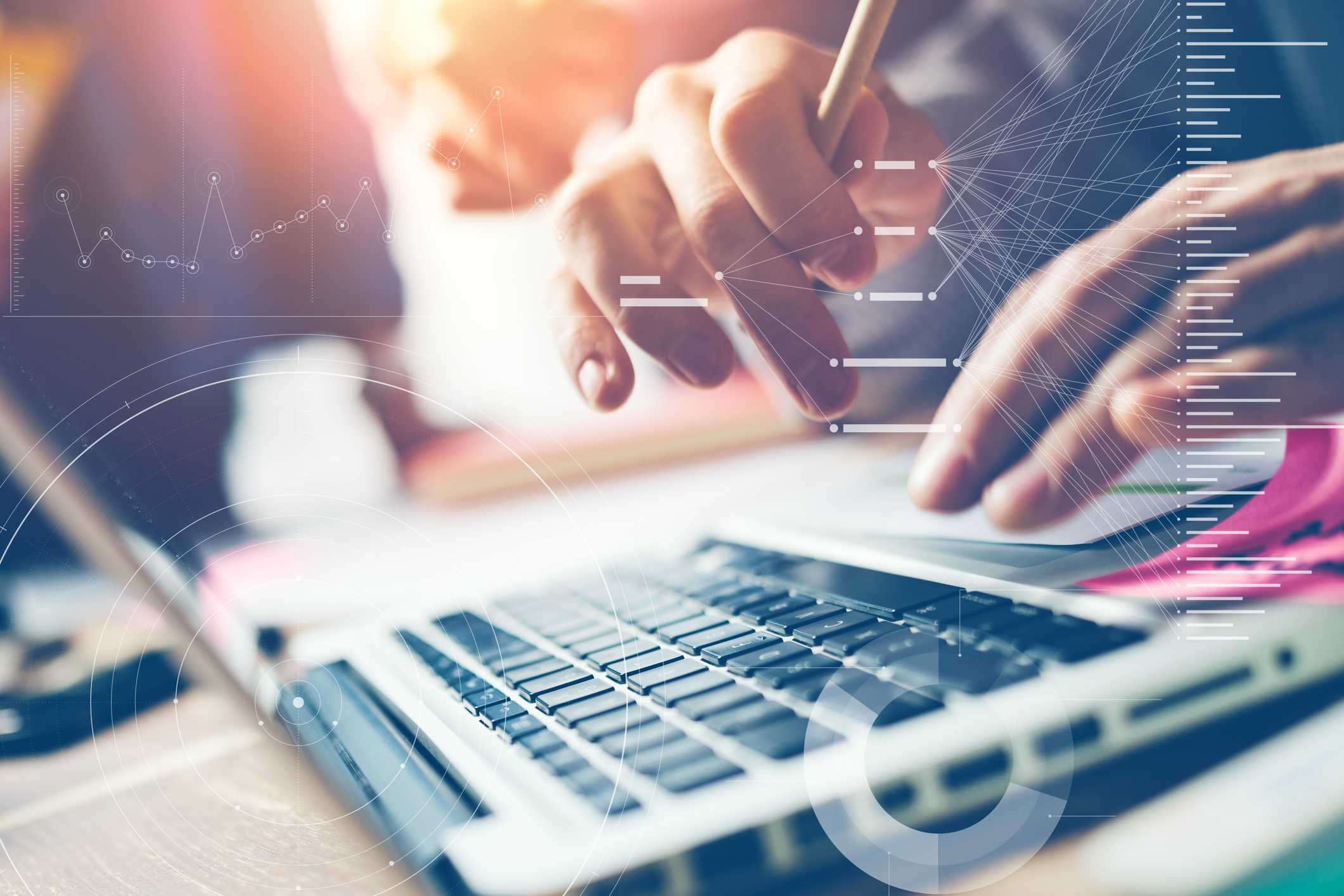Two years ago, the global market for wearable medical devices and portable patient monitoring systems was valued at $4 billion and is forecast to grow a staggering 28% per annum over the next 8 years. Australians are renowned worldwide as early adopters of technology, with 80% of us having smartphones. In this article we discuss the effects of the exponential growth in health technology, and the way we see that impacting on general practice.
What is mHealth?
Electronic health, or eHealth as it is familiarly known, was a term coined to encapsulate healthcare practices involving electronic processes and communication.
But what is mHealth and why do practices need to know about it?
mHealth, or mobile health, is the new buzzword which has emerged to describe the practice of medicine, supported by mobile devices.
What kinds of technology are currently available?
While there has been significant improvement in existing technology, for example digital stethoscopes and portable scanners, the real growth is seen in the area of mobile phone apps.
There are apps in the market which can detect, count and time pregnancy contractions and allow parents to listen to the heartbeat of their unborn baby, and apps which provide medical grade ECGs and test blood pressure, blood sugar and lung capacity.
While some may consider these to be gimmicks, what’s more important to consider is where the information might be heading. The obvious next step for patients wearing medical devices, and extracting that information via companion apps, will be those patients wanting to see that information used in personalising their healthcare plans and helping them to monitor and manage chronic healthcare conditions and improve their overall wellness.
What does this mean for general practice?
Practices need to consider what it will mean when they start receiving a constant flow of information from a patient’s device; how is that information going to be measured and monitored? If a semi-urgent or urgent condition arises, who will monitor the condition? Where does the duty of care rest for that information and any action that needs to be taken as a result?
Even if practices resist this form of remote monitoring, they need to consider what other technological advancements will mean for them. Technology will enable GPs to consult with their patients via tablets, laptops and other wireless devices, which technically means that patients will not need to be physically present for consultations. Practices now have the opportunity to become a kind of centralised medical hub, collecting data from mobile technology worn by patients and from other healthcare providers, to provide a centralised model of care. Innovative opportunities exist for practices in areas such as shared electronic health services, telehealth or patient portals. These technologies could allow practices to operate far more efficiently, by allowing administrative staff to be redirected to other opportunities.
But even if practices aren’t interested in pursuing some of these current opportunities, technology growth raises other issues that they need to consider. So what other issues may arise for general practices? To date, we know general practices have been quite slow in adopting some of this new technology. There are quite valid concerns in areas such a confidentiality, privacy and patient security. Even an issue apparently simple as communicating test results with a patient via email raises all kinds of issues around patient security, privacy and technology. Finally, in an era of digital communication, the whole issue of managing patient expectations and patient/doctor boundaries becomes far more problematic.
With bodies like RACGP saying that mobile technology presents significant innovative opportunities for the healthcare sector, mHealth is a fascinating area and practices should be abreast of what is happening in this space and be prepared for it to cause a wave of development in the industry.


